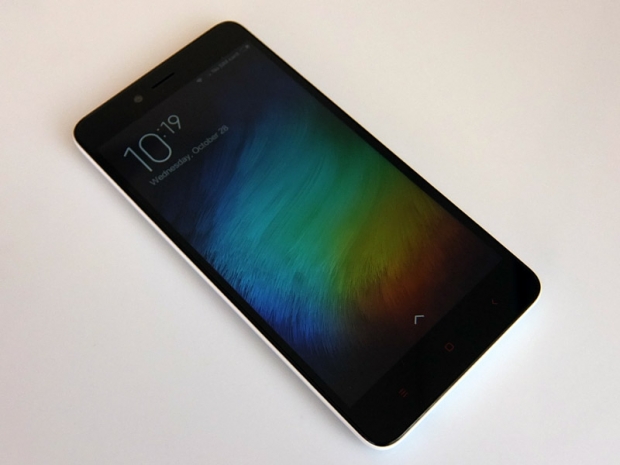Index
Design and Build Quality
Measuring 152 x 76 x 8.3 mm, the Redmi Note 2 is a big phone, although it is somewhat smaller than its predecessor. The design is simple and utilitarian, but Xiaomi tries to keep it fun with a choice of several colours: white, black, pink, cyan and yellow.
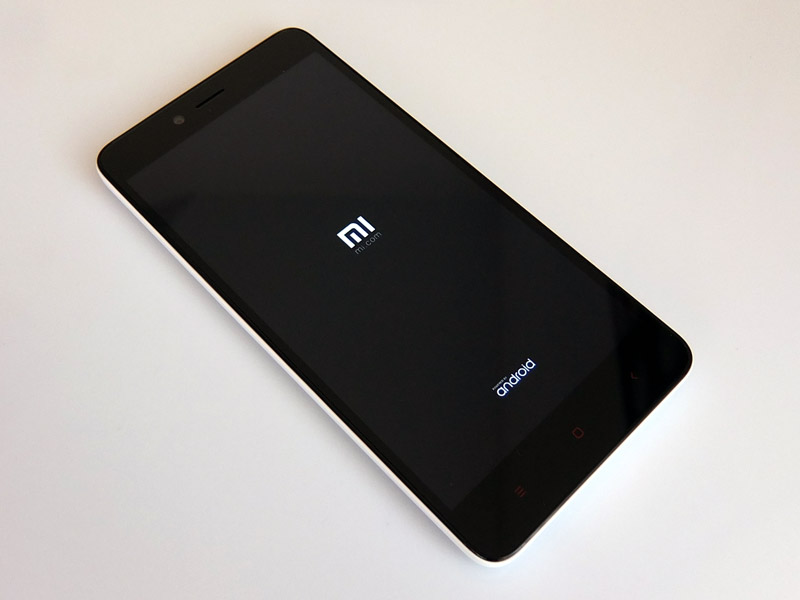
Yes, it looks a lot like the Xiaomi Mi4c, which we reviewed a couple of weeks ago, but the Redmi is noticeably bigger, the camera is positioned on the centre of the device, and the capacitive navigation keys feature red backlighting instead of white.
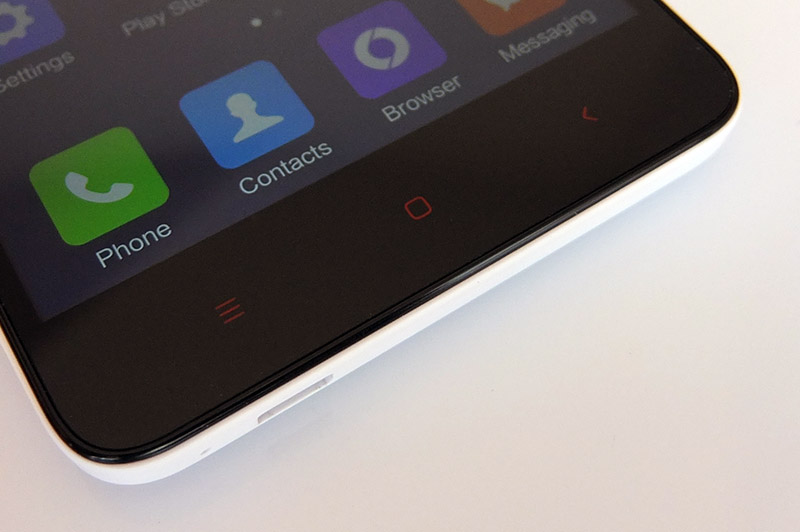
In terms of look and feel, these are the biggest differences from afar, but once you pick up the Redmi, you are bound to notice the different finish and build quality. Unlike the Mi4c, the Redmi Note 2 is not a unibody design. The back is removable, allowing access to SIM and microSD slots, and the replaceable 3060mAh battery.

While they share a similar finish, the Redmi Note 2 doesn’t feel as good as the Mi4c, due to its removable back cover. The cover is a tight fit and can be tricky to pull off. However, once it’s in place, it feels quite good. We’ve seen reports of creaky covers on the Redmi Note 2, but our unit did not suffer from this issue. In fact, the rear cover felt a bit better than the one on the Lenovo K3 Note.
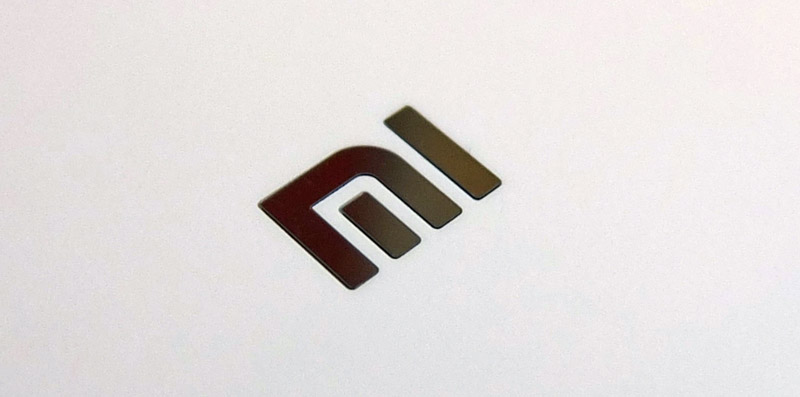
The finish is soft, matte and keeps smudges away. It feels rubbery and offers a bit more grip than the harder finish on the polycarbonate Mi4c. While it feels good, we also got an impression it attracts a bit more dirt than the polycarbonate on the Mi4c. Minor dents and scratches can “polish” the matte finish and the white version collected more than lint from our jeans – some colour from the fabric washed off on the finish. While a white, soft finish looks and feels good, we would choose a different colour option for ease of maintenance and peace of mind.
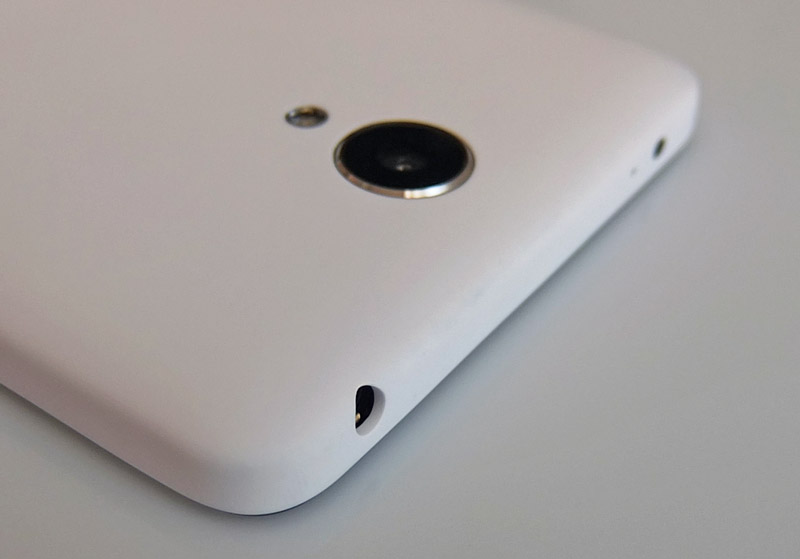
The 13-megapixel camera is located at the top centre, behind an oversized lens cover, surrounded by a chrome rim. There’s only one flash LED on board. The layout reminds us of Meizu’s Note series, although the Meizu M2 Note features two LEDs.

The Mi logo and speaker grille are at the bottom. A small plastic bump next to the speaker keeps it from being muffled on a flat surface.

The plastic volume rocker and power button are located on the right. They feature a chrome finish, smooth design, and offer good tactile response.

The Redmi Note 2 still relies on the micro USB standard, no Type-C connector here.

The front is dominated by the 5.5-inch panel, which is surrounded by a small plastic bezel. While 2.5D glass is all the rage, we still feel there’s a need for phones with a protective bezel, especially if they are marketed to young consumers (which the Redmi series is).
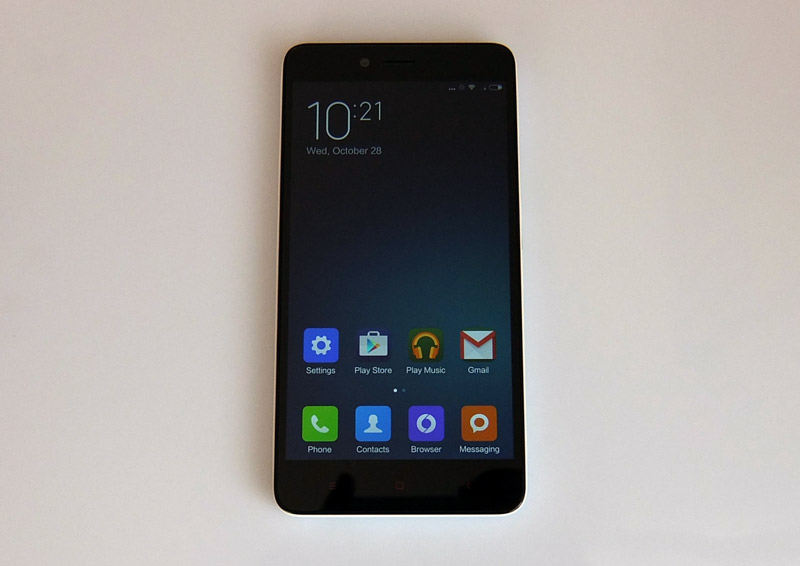
There is really not much more to say about the minimal design of the Redmi Note 2. It’s simple and utilitarian, but in case you want something flashier, you can choose a colour option other than white and black.
Build quality is as good as you’d expect from a Xiaomi product, although the phone doesn’t feel as sturdy as the unibody Mi4i/Mi4c, or the Meizu M2 Note, which features an alloy frame under a non-removable rear cover. The Redmi Note 2 also has a magnesium alloy frame, but the removable cover just makes it feel less sturdy.

